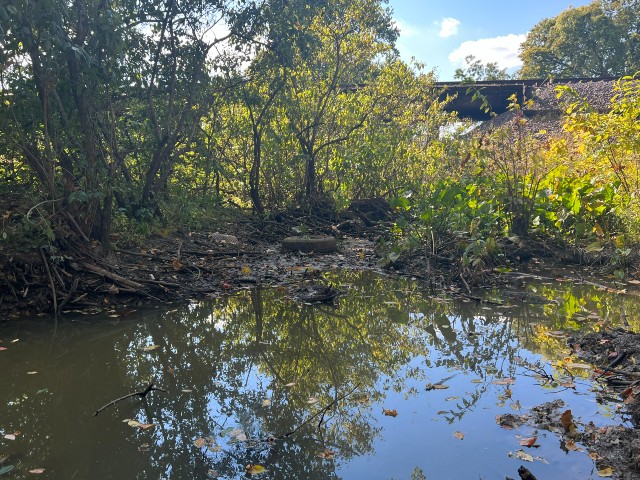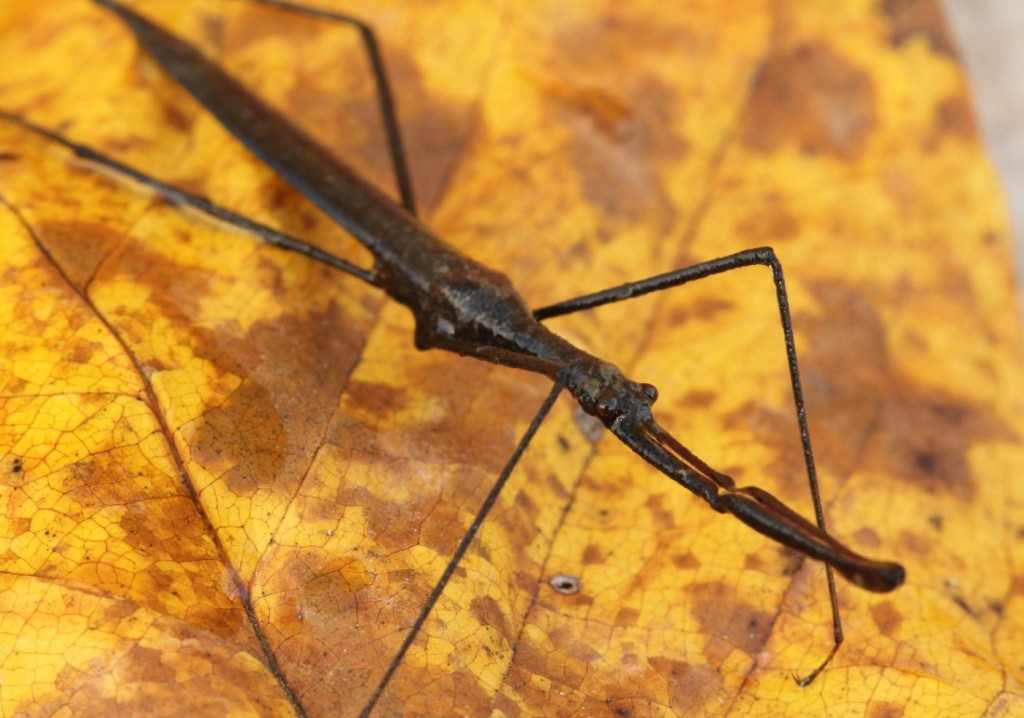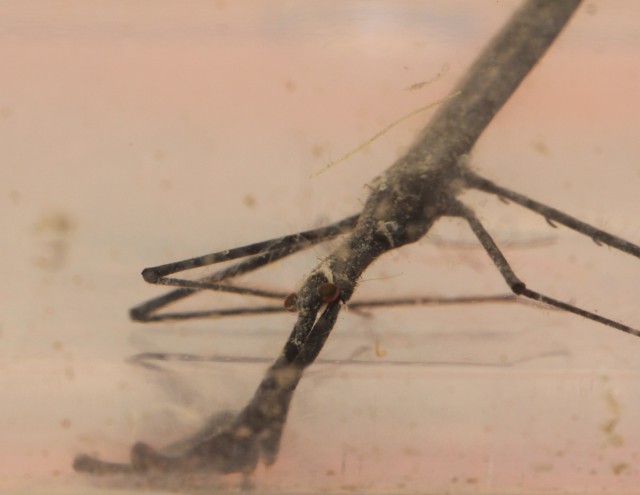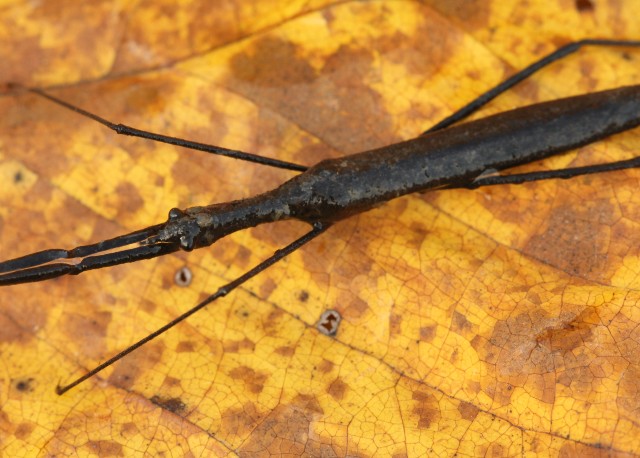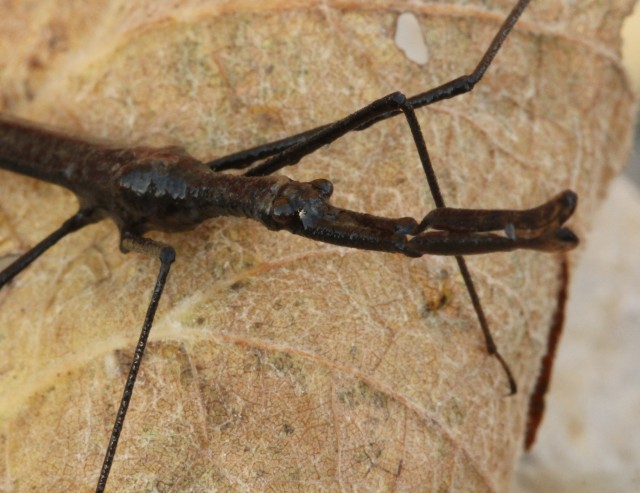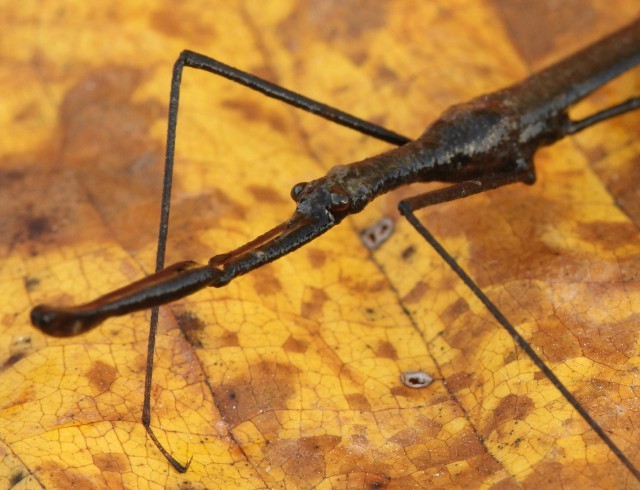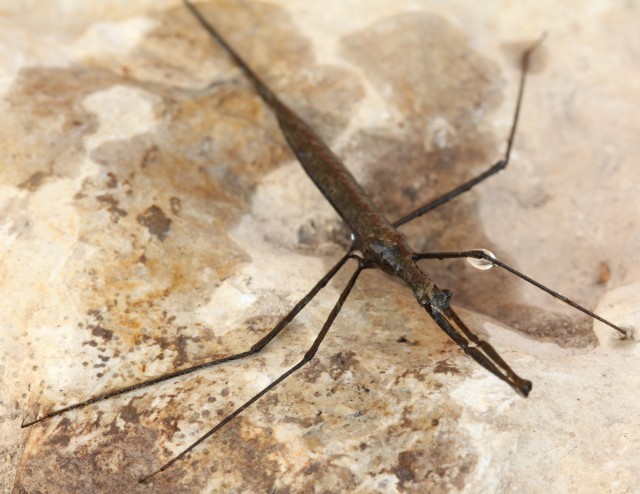This was a super cool creature that I encountered while on my trip to southern Illinois. It is sometimes called a Needle Bug or Water Stick Insect.
They are more commonly called “Water Scorpions” due to their superficial resemblance to scorpions – raptorial forelegs and the presence of a long slender tube at the posterior end of their abdomen, which resembles a tail.
These insects mostly inhabit stagnant or slow-moving freshwater habitats like ponds, marshes, canals and streams. Though they do not sting with their tail, but they do have a painful bite, although it much less harmful to humans than a true scorpion’s sting.
Water Scorpions are rather poor swimmers and typically crawl about on aquatic vegetation. To swim, they rely on an alternating oar-like movement of their second and third pairs of legs to slowly propel them along; they are built much more for camouflage than they are for swimming. They can fly, but this is an infrequently seen behavior.
An underwater predator, the Water Scorpion hides among dead leaves where it waits to ambush its prey. Its tail actually acts as a kind of “snorkel,” rather than a stinger, so it rests hind-end-upward with the tip of this tube projecting above the water surface; therefore it can stay submerged for long periods of time.
Their front legs are modified into pincer-like grabbers that are used to grasp their prey. They feed primarily on aquatic invertebrates such as other insects, as well as worms, but occasionally take small fish or tadpoles.
Interestingly, Water Scorpions produce sound by friction. In this case, a leg segment is rubbed against the body, making noise underwater. Sometimes a faint squeak can be heard from a Water Scorpion that is pulled from the water.
When fully grown, this species measure about two inches in length, from the tip of their tail-like breathing tube, to their head. This slow-moving, cryptically colored and shaped invertebrate was a fun find while exploring the Land of Lincoln.

